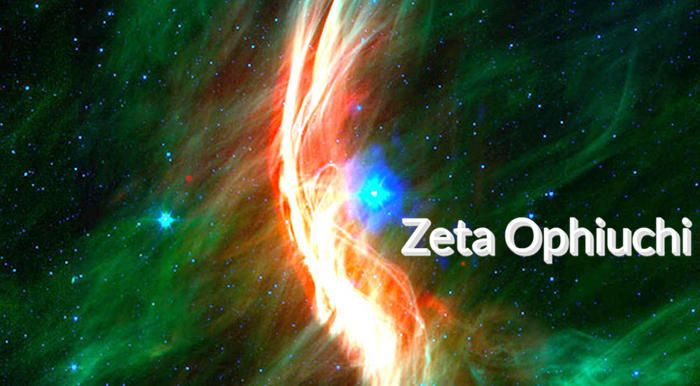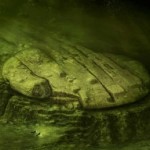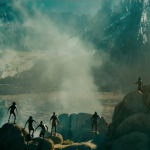In the vast expanse of the cosmos, celestial wonders never cease to amaze, and among them, Zeta Ophiuchi shines brilliantly as a star of unparalleled distinction. Its remarkable attributes set it apart in the tapestry of our universe, making it a subject of fascination for astronomers and stargazers alike. But what truly distinguishes Zeta Ophiuchi lies in its astounding journey through space, where it gallops at a breakneck speed of 160,000 kilometers per hour, creating a breathtaking bow shock—a cosmic marvel. Furthermore, its very existence is a testament to a turbulent cosmic history, having been catapulted into its high-speed adventure through the explosive fate of a companion star. In this exploration of the celestial wonder that is Zeta Ophiuchi, we will delve into its seven unique features, unraveling the extraordinary facets that make it a stellar standout in our ever-expanding universe.
1. Dazzling Infrared Brilliance: The cosmic spectacle never fails to impress. A massive star, 20 times the mass of the Sun, is hurtling through space at a staggering speed of 160,000 kilometers per hour, much like a ship sailing across still waters. This star, known as Zeta Ophiuchi (ζ Oph), is creating a bow shock, a ripple in the dust and gas ahead of its path, as it races through space. NASA’s Spitzer Space Telescope, with its exceptional infrared vision, has captured the brilliant infrared light emanating from the bow shock created by Zeta Ophiuchi.
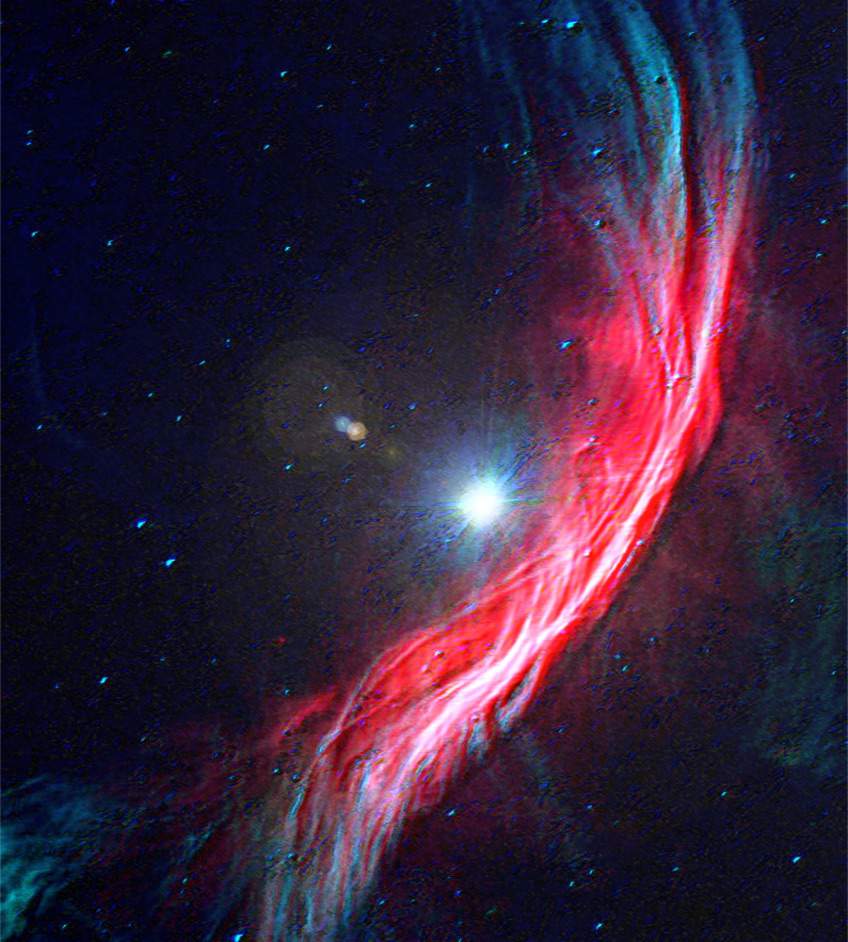
2. Compared to the Sun: Zeta Ophiuchi, with a mass 20 times that of the Sun, is approximately 8 times the Sun’s diameter, has a surface temperature over six times that of the Sun, and shines over 80,000 times brighter than the Sun. It is located about 370 light-years from Earth. If not obscured by dust around the star, Zeta Ophiuchi would be one of the brightest first-magnitude stars visible from Earth.
3. Speeding through Space: Astronomers have theorized that this star had a close encounter with a companion star, even more massive than Zeta Ophiuchi, in the past. However, this companion star eventually went supernova at the end of its life, ejecting Zeta Ophiuchi at a high velocity of 24 kilometers per second, equivalent to about 86,835 kilometers per hour, into space.
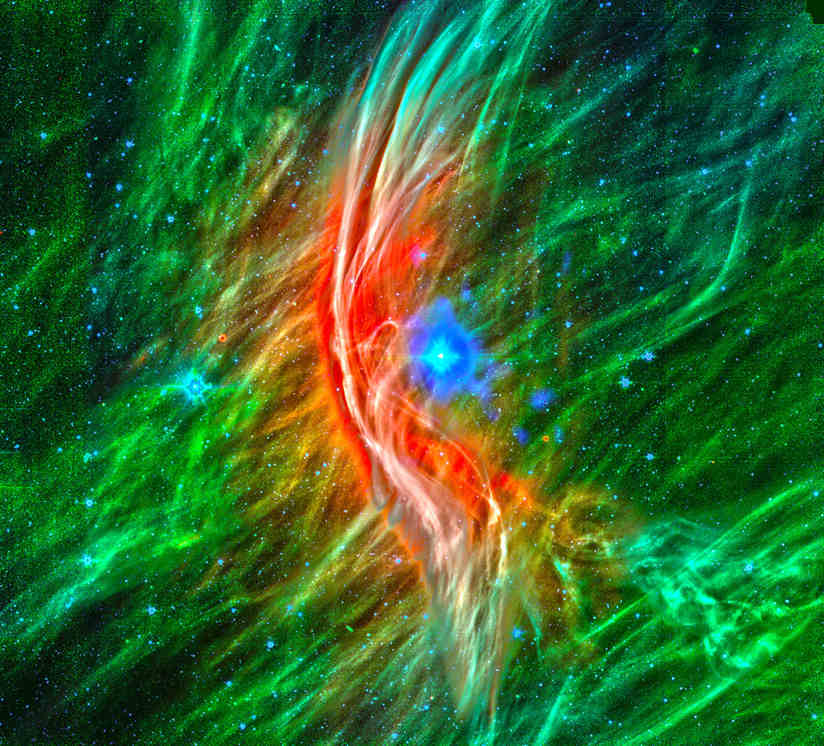
4. Bow Shock: The image above is the result of Spitzer’s observations in the invisible infrared spectrum. Zeta Ophiuchi is the bright blue dot in the center of the image. As Zeta Ophiuchi charges through the dust cloud towards the left side of the image (shown in green), its intense stellar wind compresses material into a bow shock. The bow shock is located approximately 0.5 light-years from Zeta Ophiuchi, which is roughly 800 times the distance from Pluto to the Sun. The highest temperature and the region where the bow shock is most compressed are shown in red in the image. The phenomenon of dust glowing due to the compression of the bow shock is visible in the visible light spectrum, but it is obscured by the dense dust around Zeta Ophiuchi. Spitzer’s use of longer-wavelength infrared observations is not hindered by the dust.
5. Hydrogen Fusion Reaction: Zeta Ophiuchi is still in its main sequence phase, where intense hydrogen fusion reactions continue in its core. However, larger stars have shorter lifespans, and scientists estimate that its life expectancy is only around 8 million years, with more than half of its life already passed. In other words, it was born not much earlier than our human ancestors. Due to its short lifespan, such stars are relatively rare in the Milky Way.
6. Uncontrolled Main Sequence Star: Zeta Ophiuchi is not the fastest uncontrolled main sequence star discovered by humans. One such star, named S5-HVS1, was ejected by the supermassive black hole at the center of the Milky Way, Sagittarius A*, and reaches speeds of up to 1,700 kilometers per second.
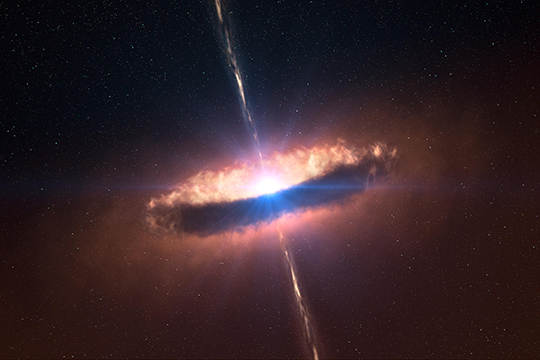
As for the fastest-moving star currently discovered by humans, that would be S4714. In contrast to the previous star, it is tightly bound to Sagittarius A* and can achieve astonishing instantaneous speeds of up to 24,000 kilometers per second when near the center, which is 8% of the speed of light.
7. Zeta Ophiuchi’s Equator: As a star markedly different from the Sun, Zeta Ophiuchi exhibits extreme characteristics. It spins rapidly, with a projected linear velocity near its equator reaching 400 kilometers per second. For comparison, the Sun’s rotational speed is only 2 kilometers per second. Zeta Ophiuchi’s fast rotation leads to differences in equatorial and polar radii, as well as temperature. The equatorial region has a temperature of 31,000K, while the polar temperature reaches 39,000K.
END:
As we conclude our journey through the celestial marvel that is Zeta Ophiuchi, we stand in awe of the profound uniqueness that this star embodies. Its extreme mass, dazzling brilliance, and astonishing speed through the cosmos paint a picture of a celestial wanderer like no other. Yet, as we contemplate the future of this remarkable star, we are reminded of the transient nature of the cosmos. Zeta Ophiuchi, still in the prime of its life, partakes in the fiery dance of hydrogen fusion within its core. But its existence, like all stars, is finite, with an anticipated lifespan of around 8 million years—already well into its journey.
In the coming eons, Zeta Ophiuchi will continue its rapid rotation, its equator spinning at 400 kilometers per second, creating a stark contrast between the temperature at its equator and poles. As it progresses on its celestial odyssey, it serves as a reminder of the grandeur and dynamism of our universe. While we cannot predict the precise fate of Zeta Ophiuchi, it is a testament to the ever-evolving story of the cosmos. It remains a symbol of the intrigue and wonder that awaits us in the vast tapestry of the universe, where the stars, like Zeta Ophiuchi, hold secrets and mysteries that inspire us to explore, question, and appreciate the beauty of the cosmos.
More UFOs and mysterious files, please check out our YouTube channel: MysFiles
Andromedans Encounters: Reveal the history of humanity
